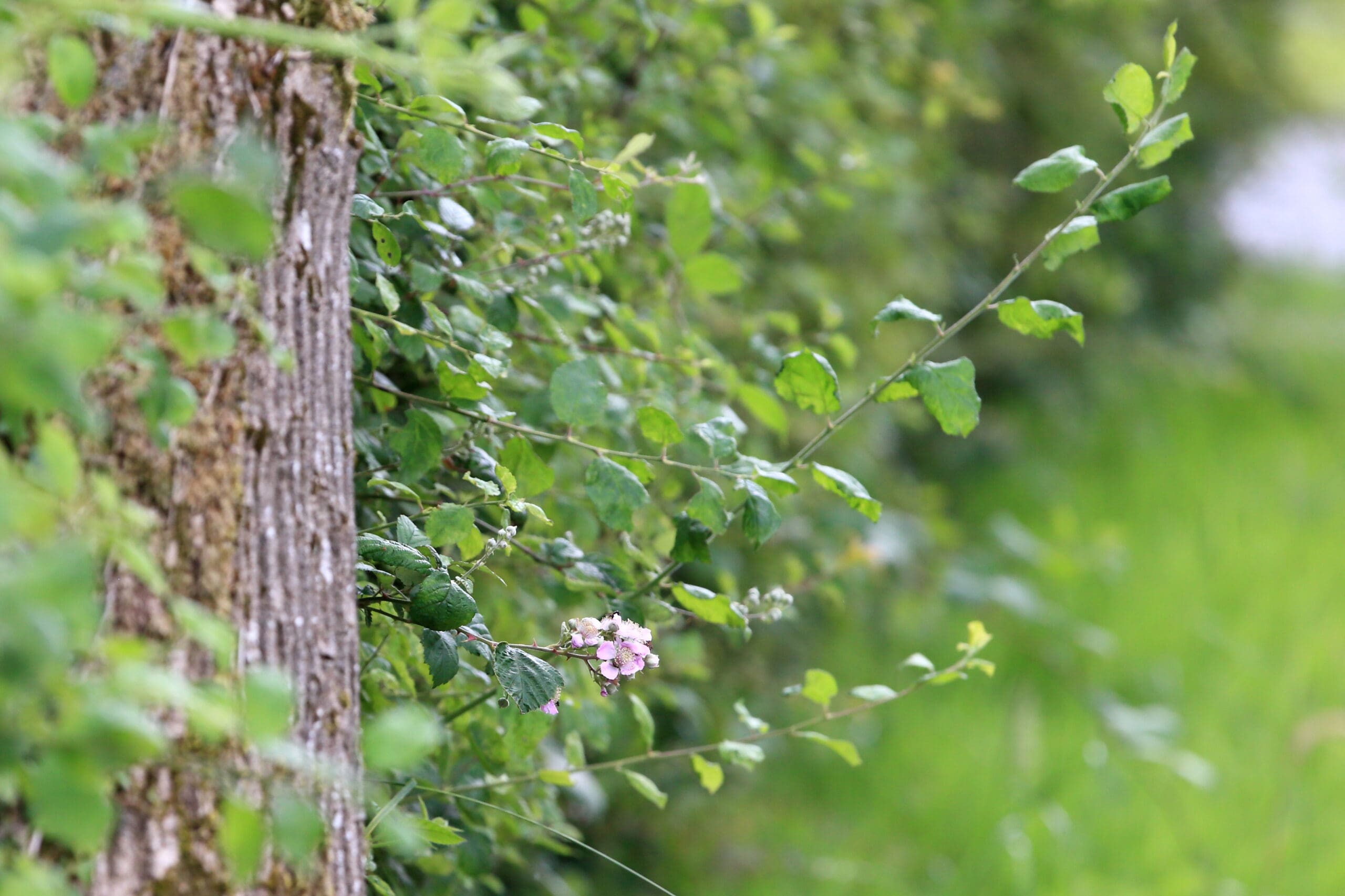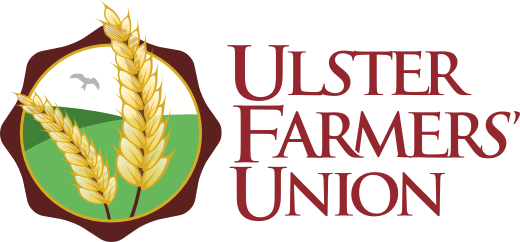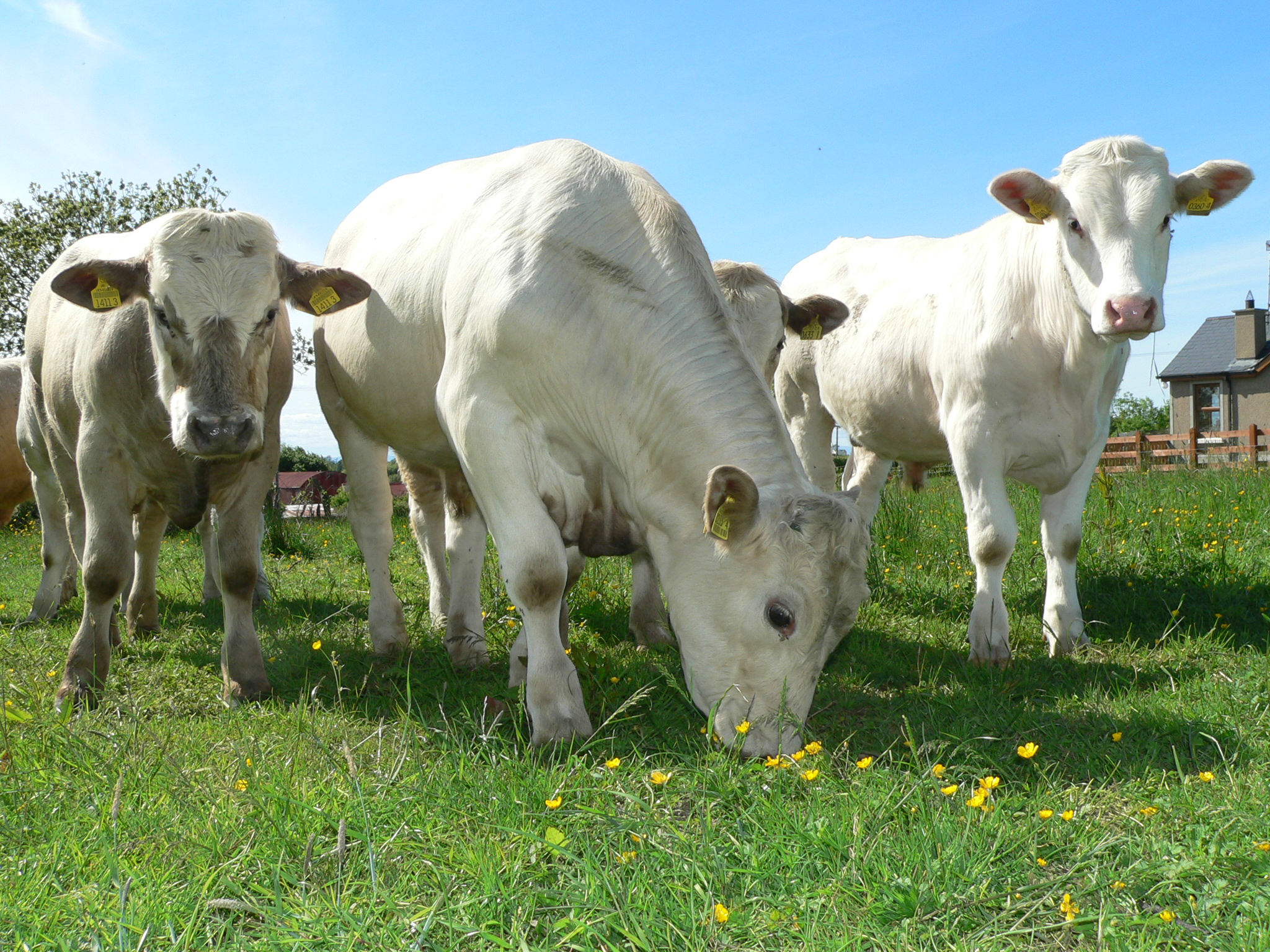
County Fermanagh countryside. Picture: Cliff Donaldson
Commodity watch by policy officer Sarah Morrell
The spread of ash dieback is changing our farmed landscape massively. The loss of so many trees is reducing available shelter and shade for livestock, water retention for soil stability and the look of our countryside. In addition, infected trees present a health and safety risk which is concerning landowners across Northern Ireland (NI).
Ash dieback, also called chalara ash dieback, is a fungal disease which originated in Asia. Despite ongoing scientific research, there is currently no cure or method for stopping its spread. Therefore, the aim should be on disease management including slowing the spread, minimising the impact of the disease on trees and preserving as many chalara-tolerant ash trees as possible.
It is important that landowners can recognise the symptoms of ash dieback so they can manage trees which pose a risk. It can be more difficult to identify trees infected with ash dieback at this time of the year as trees begin to lose their leaves, but the disease can be identified by diamond shaped dark lesions where branches meet the trunk and brownish/ grey bark under lesions.
The risk of an accident occurring increases as ash dieback weakens the tree and as we move into wintery weather. Landowners should seek to identify infected trees and have them removed if they are a hazard. The owner of the land where a tree stands is responsible for the health and safety of those who could be affected by that tree should it fall or branches break off.
Depending on the area of trees to be felled a licence may be required. The Forest Service administers felling licence and assess applications against legal requirements, forestry standards and best practice guidance. However, removal of scrub consisting of young trees (up to 8cm in diameter), lopping or topping trees, or felling a small volume of timber (up to five cubic metres in a calendar quarter) does not require a licence.
Depending on the position of infected trees, landowners may need to request permission to close public paths or roads when removing infected trees. Should a landowner need to close a road they should contact the Department for Infrastructure (DfI) Roads. At least three weeks’ notice is required, unless it’s an emergency situation where there is an immediate danger, as there is a legal and consultative process to go through. The design, provision, maintenance and removal of all temporary barriers and diversionary signing is the sole responsibility of the applicant. Costs associated with the closure application (including any advertising costs), may also be charged to the applicant. Landowners should phone DfI on 0300 200 7899, operators will take details – road name, planned date of closure, how long for etc. and pass the request on to the relevant DfI Divisional Office who will then issues a permit for road closure.
To conclude it is a balancing act for landowners to manage health and safety risk of infected trees and the role of trees in our environment.




